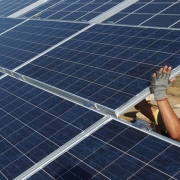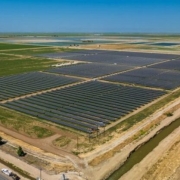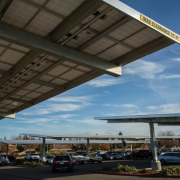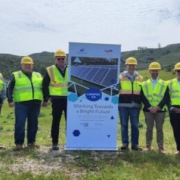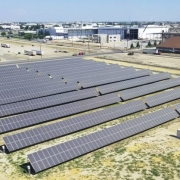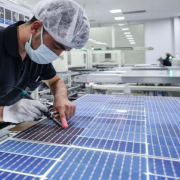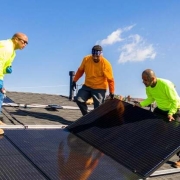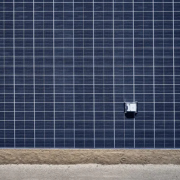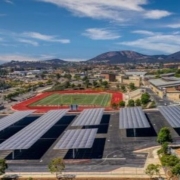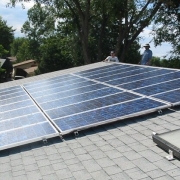Community solar installations give community residents access to solar power regardless of whether they rent their home or live in a shady area. Customers buy or rent a share of an off-site solar installation that supplies their electricity and typically earn credits on their electricity bills for the electricity the installation provides.
Despite being a national leader in utility-scale solar power, California “doesn’t have workable community solar programs yet,” Churchill said, echoing sentiments solar developers have expressed for years in the Golden State. Community solar programs thus far have been very limited in size, she said, and customers often pay more for energy than they did before they enrolled, which she says indicates “the pricing structure is undervaluing the benefits of the clean energy.”
Click here to read the full article
Source: Smart Cities Dive
—
If you have any questions or thoughts about the topic, feel free to contact us here or leave a comment below.

